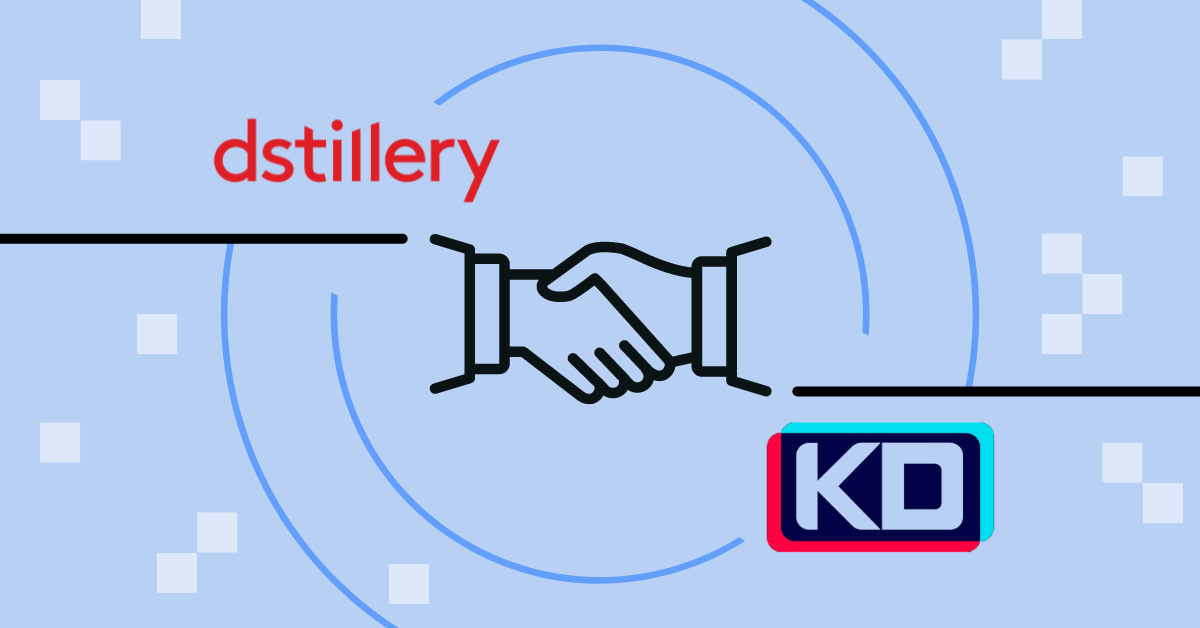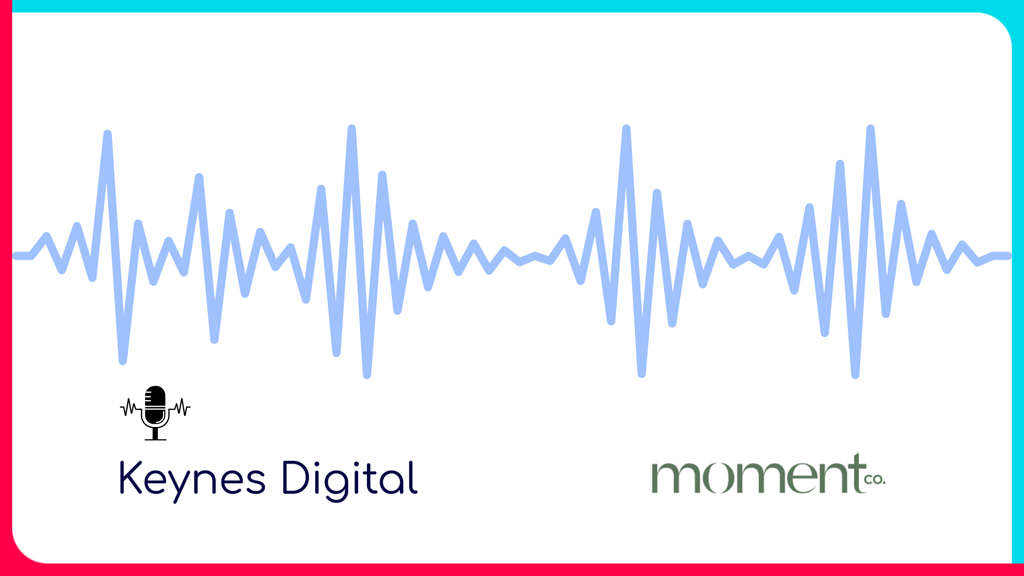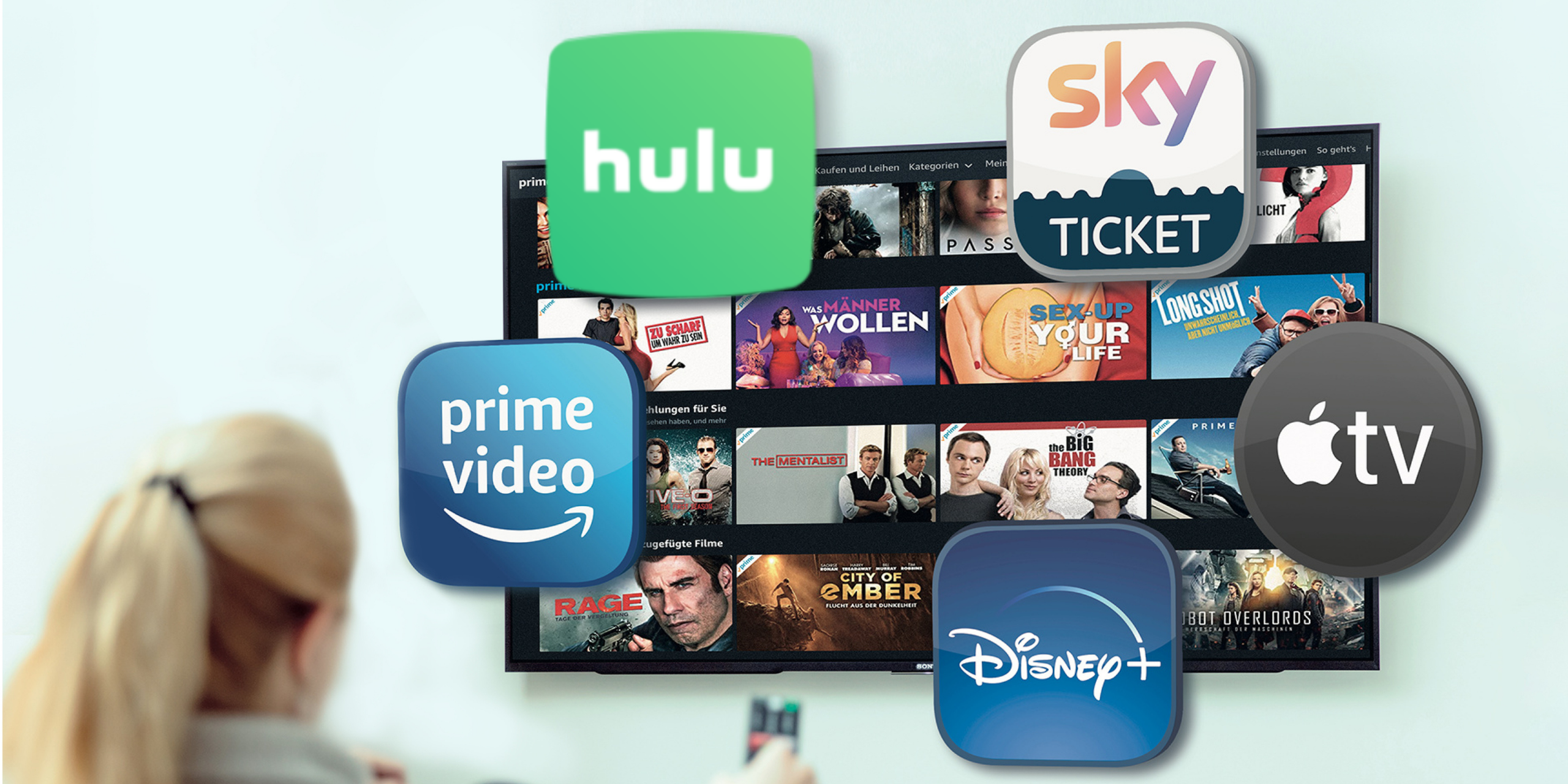Cross Channel Advertising
With the growth of programmatic advertising, consumers can be reached just about anywhere. They’re constantly watching videos on tablets, scrolling through their social media on cell phones, and searching the web on laptops. Users have even shifted from consuming traditional linear television to streaming OTT content on connected TV devices tracked by audience providers via the Internet. This is why today’s marketers need a programmatic cross channel strategy to reach consumers.
A good cross channel marketing definition, also known as cross channel retailing, is to effectively serve an advertising message to potential consumers through various channels to achieve the same end goal. That goal is to engage and convince consumers to purchase the advertisers product or service. This can be a struggle for an advertiser to accomplish, so many will actually partner with agencies to successfully do the work for them.
Consider these cross channel marketing facts: Over 90 percent of people use more than one device during a typical day. The average consumer is exposed to an advertiser’s product on several channels and devices before they convert. For example, a consumer may see a product ad on a connected TV screen and later be served a banner ad of the same brand on a news website that ultimately drives them to the advertisers’ site and converts them. Consumer behaviors are then tracked and analyzed to determine the best strategies for targeting their audiences.
How does a marketer take advantage of the opportunities in cross-channel advertising? It’s not enough to simply check off all the channels that fall under the cross channel definition and do some advertising on each. Advertisers will use their cross-channel marketing strategy to ensure all tactics are running as expected, i.e. frequency capping, audience profiles are correct and up-to-date, etc. This is where cross-device technologies come into play. They help to target strategies on any device and channel by sharing their Universal ID with advertisers and agencies.
What Are Marketing Platforms?
A marketing platform supports an advertiser in dealing with all today’s marketing channels. In the multi-channel world, an effective ad campaign might include display ads on web pages, video ads embedded in streaming content or targeted ads on social platforms.
Furthermore, most digital ads today are not sold directly from advertising media to marketers. Instead, they’re traded through programmatic advertising. Advertisers enter their requirements, such as ad frequency and audience demographics, into a Demand Side Platform (DSP) that manages to bid on Supply Side Platform (SSP) ad slots on the advertiser’s behalf. An AI routine programmatically fills the ad slots to be served to audiences, then collects the analytics behind how the user reacted or behaved.
Fortunately, an advertiser doesn’t have to approach this new world channel by channel. They can engage a cross channel marketing platform to handle cross channel integration for them. These marketing platforms use cross-channel advertising software to give marketers a presence in multiple channels and coordinate the effort across those channels.
Using a cross-channel platform, a marketer has a single point of entry to run ads on multiple channels. They can use programmatic advertising to place programmatic video and programmatic audio ads on streaming content. They can run display ads on social media and on third-party websites relevant to their industry. They can distribute ads via connected TV and customer devices such as tablets and phones.
Cross-channel marketing examples include presenting a mobile link back to the advertiser’s website, even if the customer previously visited that site on a different device. They include sending emails to potential customers who have expressed an online interest in a similar product. They include presenting the customer with targeted coupons or discounts on one device based on a search that was done on another device.
A cross-channel advertising platform not only provides tools and workflows to manage the ads. It’s also vital that cross-channel marketing tools include the delivery of metrics. What audience is being reached? Who is converting? What’s the return on ad spend?
Cross channel platforms are supported by cross-device technology. These are technologies that work on every type of device a customer uses. Cross-device targeting is more than just tracking cookies on a website; it targets customers across multiple devices by tracking the user’s Universal ID. It supports the development of a single cross-device profile for a potential customer. Perhaps most importantly, it links all the channels that move a customer toward a purchase decision, not just the last one they clicked before they bought.
Many companies claim to have their own cross-device technologies, but there are four that should be mentioned as the industry gold standard for cross-device technologies – LiveRamp, AdBrain, TapAd, and Oracle. LiveRamp provides middleware that moves data between advertising channels. AdBrain uses machine learning algorithms to connect the devices that a customer uses. TapAd’s cross-device advertising products recognize and tie together multiple devices used by the same person. Oracle uses tools like Crosswise to build an integrated view of customers across devices.
Cross Channel Report
When a customer buys a product, how do you know what convinced them to make the purchase? If they clicked through a search page ad to an advertiser’s site, that ad was an important factor. But was it the only one? Where else had they been looking at your product? An advertiser should know more than just which software displays advertisements. Advertising software companies supporting cross-channel marketing campaigns need to provide reliable reports on which channels contributed to the conversion and how much each channel contributed.
Online advertising software supports various attribution models that allocate credit for the conversion across channels. Any good cross-channel marketing solution provides funnel reports that look at the various funnels or channels a customer was active in before making the final purchase decision.
In multi-channel funnel reports, how are default conversions credited? Most commonly, the credit falls to the last click or last touch – that is, the last search or ad – that led the customer to the conversion. While that’s useful information, it doesn’t tell the whole story about the effectiveness of an ad campaign across channels.
Customized funnel reports can, with limitations, spread credit for a specific conversion across multiple channels. So, multi-channel funnel reports can credit conversions across which channels? All channels, Display, connected TV/OTT, programmatic Video, programmatic audio, paid and organic search. They include all sorts of website referrals and ads that are part of custom campaigns. In multi-channel funnel reports, what channel would not be credited with a conversion? Historically, there’s been no way to assess the impact of linear TV commercials.
Omni Channel Marketing
As mentioned above, the terms cross channel marketing and multi-channel marketing are used interchangeably, However, omnichannel marketing is typically added to the mix.
A multi-channel strategy markets through multiple channels but doesn’t do anything to connect those channels. A multichannel marketing effort will reach the customer through multi-channel marketing platforms such as tablets, computers, phones, and in-store.
An advertiser may use multi-channel marketing automation that coordinates across multi-channel platforms. Multi-channel marketing automation can make it simpler to track the customer’s on-site activity or overall information, such as demographics and search history.
Cross-channel marketing vs multi-channel marketing allows a customer to complete a purchase across multiple channels by associating user activity across channels. A simple cross-channel example of an advertiser’s goal to drive in-store traffic. A customer sees an advertiser’s display ad on a new’s website on the computer, then visits that advertiser’s website on a mobile device later that day, and ends up in-store the next day. The advertising experience, online experience, and in-store experience are complementary.
We also often use cross channel marketing vs omnichannel when omnichannel marketing adds an element of the simultaneous experience. It takes into consideration that, these days, people are often doing two things at once. They’re watching TV, and at the same time, scrolling on their phones. They’re looking at a product in the store, and at the same time, checking out online reviews.
An omnichannel strategy not only provides information to customers when and where they want it, but it also shares across channels the information it captures about customers at each of those interface points. Omni channel marketing is when a store clerk can look at information relayed to the store from the customer’s online activities and use that information to make recommendations. When a website presents a personally customized view on a website based on previous purchases, that’s omni channel marketing.
Multi channel marketing recognizes that there are several channels for interacting with a customer, cross channel marketing shares information to tie those channels together, but omnichannel marketing goes a step further in providing a seamless cross-channel experience unique to that customer. These terms are used interchangeably because they all have the same idea and overall purpose.
Industry Expert Insights
We are your high-touch, performance-focused streaming TV and programmatic advertising partner. Our team of experts and a one-of-a-kind data-driven platform connects you to the best streaming TV marketing strategies.









































